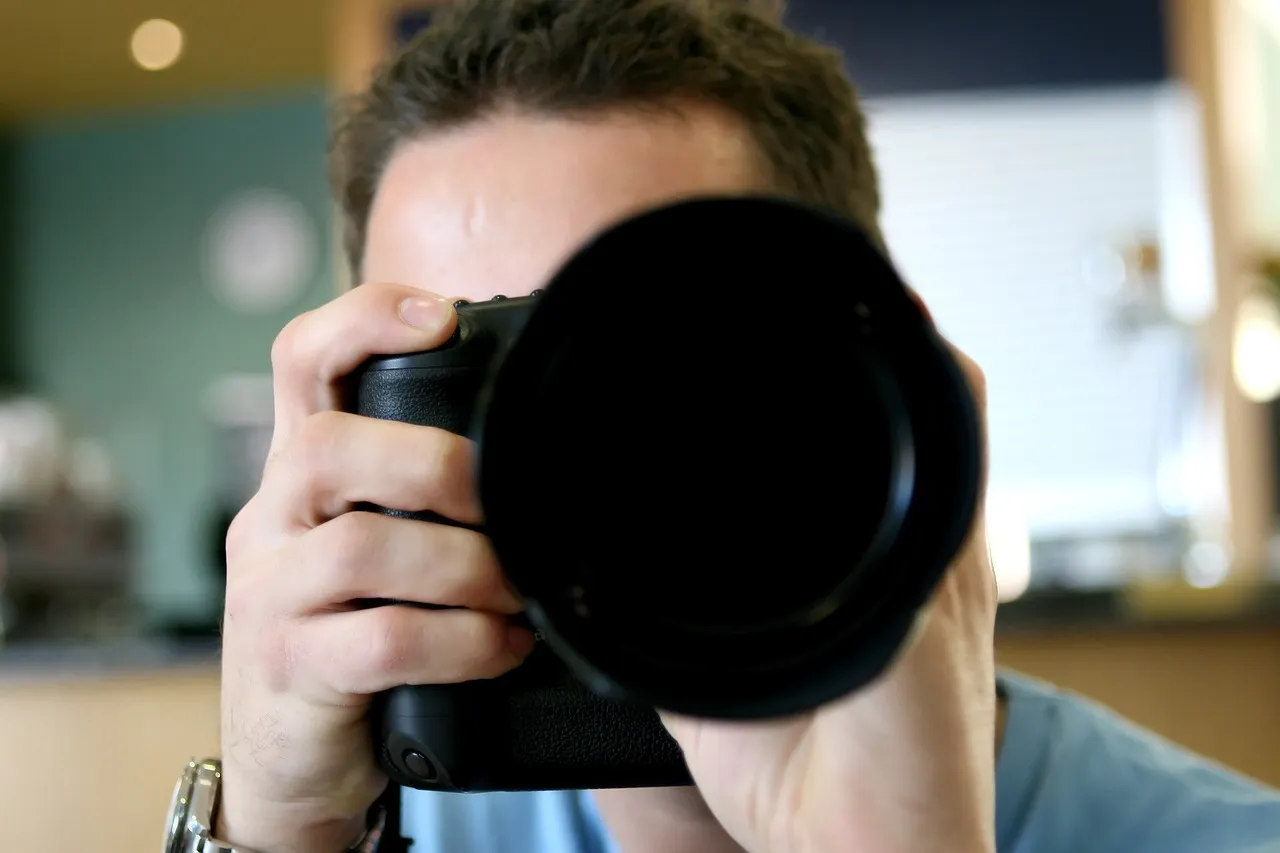In the realm of personal injury law, defamation is typically the go-to cause of action when an individual believes their reputation has been wrongfully harmed by false statements. However, the legal system provides an alternative in cases where the strict 6-month notice period for libel is missed: the tort of publicity placing the plaintiff in a false light.
The Concept of False Light, separate from defamation
False light is a category of invasion of privacy, distinct from defamation, where a person is portrayed in a manner that is not necessarily defamatory but is false or misleading and would be highly offensive to a reasonable person.
Understanding the Difference between Defamation and False Light
While both defamation and false light concern false statements made about an individual, the key difference lies in the nature of the harm. Defamation involves harm to one’s reputation caused by false statements. On the other hand, false light involves the invasion of privacy resulting from false public portrayals, even if the statements are not defamatory.
When False Light Applies instead of Defamation
The tort of false light can provide an alternative legal route when the 6-month notice period for libel is missed. In Ontario, for instance, the Libel and Slander Act requires that a plaintiff provide the defendant with written notice of their intent to sue for defamation within six weeks of becoming aware of the defamatory statements, and commence a lawsuit within three months. The false light claim does not have this stringent timeline.
The Benefit of False Light
False light may be a suitable option for cases where the plaintiff’s reputation hasn’t been damaged, but they have suffered distress due to being presented falsely in public. For instance, if a newspaper inaccurately portrays someone as supporting a political ideology or group they fundamentally disagree with, they might have a valid false light claim.
Proving False Light
To succeed in a false light claim, a plaintiff must demonstrate that the information publicized about them created a false impression, that it was publicized widely, that a reasonable person would find it highly offensive, and that it was publicized with reckless disregard as to its offensiveness.
Conclusion
The tort of false light is an important legal concept that provides an alternative recourse for individuals who have been wrongfully portrayed in public, particularly when the standard timeline for defamation claims has been missed. As with any legal matter, consulting with a knowledgeable attorney is crucial when considering this route.




